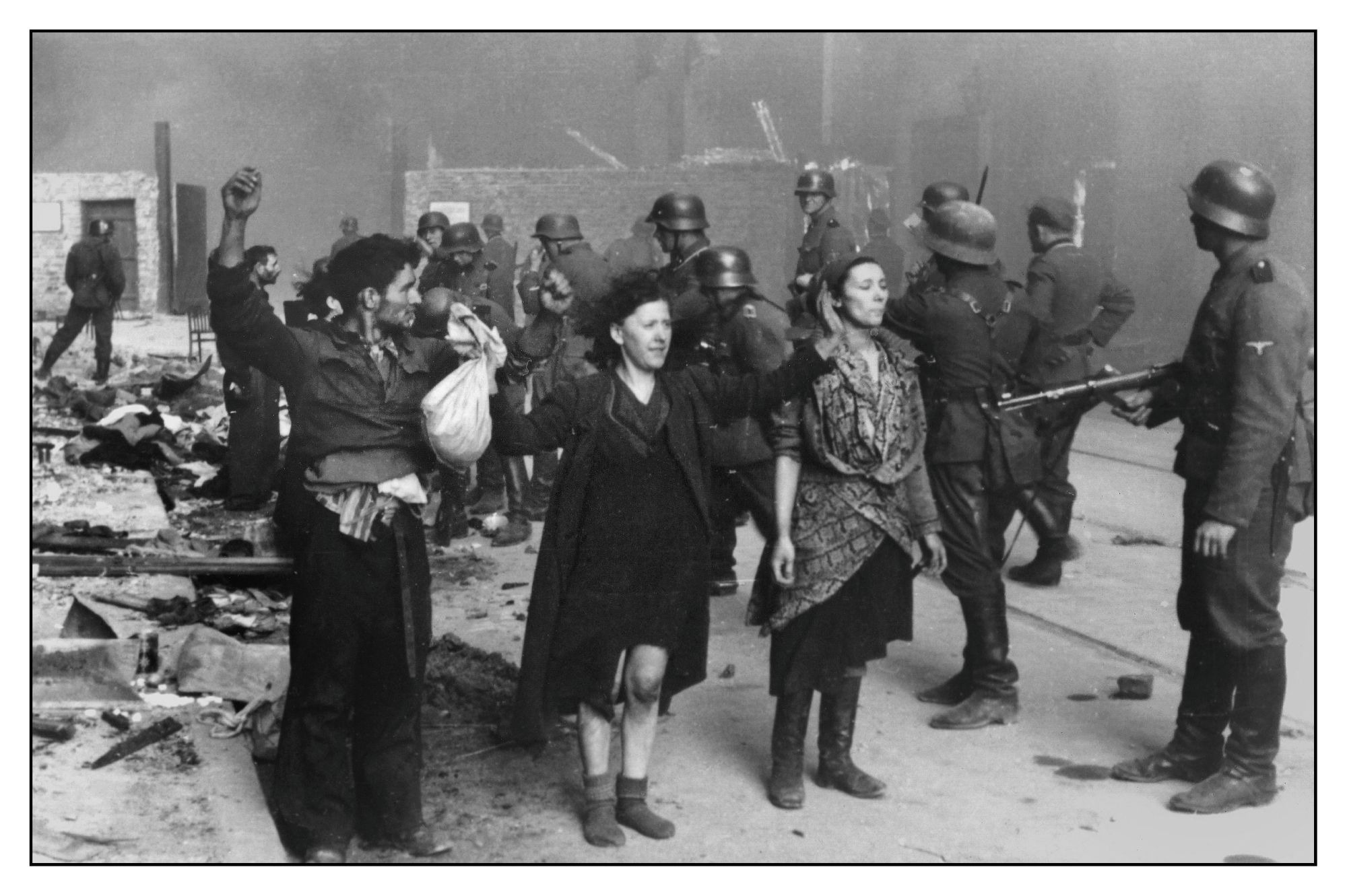Why pessimists are best at finding hope in the darkness

Hopeful Pessimism (Princeton University Press 2025) by Mara van der Lugt
Greta Thunberg famously told an audience at Davos, “I don’t want your hope.” What made more sense, she suggested, was for people to panic. Thunberg, it’s fair to say, is a pessimist about the climate crisis, having seen failure after failure on environmental issues by her supposedly wiser elders. Her bleak outlook might seem to allow little room for hope. But philosopher Mara van der Lugt, in this brilliant book, argues that the activist in fact embodies the virtue of “hopeful pessimism”.
Pessimism, according to van der Lugt, has had a bad press. What particularly bothers her is the association with giving up. Yes, a pessimistic attitude can lead to defeatism, but she thinks the fragility of optimism is the greater cause for concern. After all, in a dark and difficult world, it’s upbeat expectations that are most vulnerable to being upset, which may cause the optimist to move too quickly from disappointment to defeat. The pessimist has a greater capacity for withstanding the hardness of life.
Van der Lugt is particularly concerned about this in the context of activism. If optimistic campaigning depends too much on things going well, then it is “quick to burn up, quick to burn out”. Pessimism, by contrast, can provide the resilience that battling for a cause like climate justice requires, not needing to be “fuelled by either the expectation or gratification of successes”. It also encourages a more honest assessment of what’s working and what isn’t. This makes “pessimistic activism” more “sustainable”, according to van der Lugt. The case for the glass half empty is also supported via discussion of fellow pessimistic travellers such as French writer and philosopher Albert Camus.
What, then, of hope? Here, as with pessimism, van der Lugt focuses on the importance of conceiving of hope in the right way. Much as pessimism shouldn’t be equated with defeatism, hope shouldn’t be equated with sunny optimism. You don’t need to believe, in order to hope, that you are likely to prevail. The chances of success might be extraordinarily slim. You can, for all that, retain the conviction that positive change is possible. Van der Lugt puts it memorably: “with eyes full of … darkness there can still be this strange shattering openness, like a door cracked open, for the good to make its entry into life.”
Some scenarios seem beyond hope. However, van der Lugt emphasises that her preferred conception of hope is more about meaning and morality than favourable outcomes. She writes movingly about the Jewish uprising in the Warsaw ghetto in 1943. The situation might have been hopeless in terms of the likelihood of success. Nonetheless, to fight itself was an act of hope, and the uprising stands out in history for its heroic resistance. The revolt was justified, to use van der Lugt’s words, “for reasons of justice, dignity, and solidarity, if not victory.” Even if a desired result can’t be achieved, there is meaning in having stood for the right thing.
To be a hopeful pessimist, then, is to believe in “a dark view of the present as well as the future”, but to hope anyway – in part because one can never be certain what may come to pass, but most of all because there is hope already in committing to an ethical life, come what may. This is a kind of hope that, as van der Lugt indicates, is not “future-oriented” but “value-oriented”.
Van der Lugt is not saying, of course, that activism doesn’t have a goal (which is, inevitably, forward-looking). Her point is that when the goal is worthy, the effort is always worthwhile, regardless of the future outcome. Moreover, in the case of climate breakdown, “even after points of no return are passed, we will still have reason to continue to do what we can” as there will still be “our duty to prevent what suffering we can.” It always makes sense, even in despair, to act ethically. In this, van der Lugt’s approach feels like a counterpoint to nihilism, which is now commonly associated with the climate crisis.
The book may not convince some of its more cynical readers. It does little to engage with those who are sceptical about moral values or who seek pleasure ahead of meaning. At the same time, van der Lugt does recognise some difficult questions around morality in our times. In a wonderful chapter on the philosopher Jonathan Lear’s idea of radical hope, she considers the possibility that we might be living through the collapse of our most basic moral categories.
Lear focuses on the fate of the Native American Crow tribe, whose world was devastated by colonial expansion westward, and for whom, Lear argues, the basis of meaningful action disintegrated. Yet van der Lugt concludes that, in contrast, our current ethical situation is abundantly clear: “we know what we have to do.”
This is a work filled with fascinating discussion that includes not only philosophy and politics but art criticism and literary analysis. It’s particularly helpful in showing how to integrate hope and pessimism, but van der Lugt also writes wisely about melancholy and grief. The style is accessible, touching on such diverse figures as Mary Shelley, Edgar Allan Poe, China Miéville, Roxane Gay, J.R.R. Tolkien and Cornel West.
Many will find it a therapeutic read, and not only those involved in climate activism. Hopeful Pessimism is shaped by the needs of life, and in that sense it’s practical philosophy at its best. Again, it’s worth quoting Thunberg: “Hope is taking action.” These four words could be van der Lugt’s motto, and the message resonates throughout this deeply impressive offering.
This article is from New Humanist’s Summer 2025 issue. Subscribe now.

